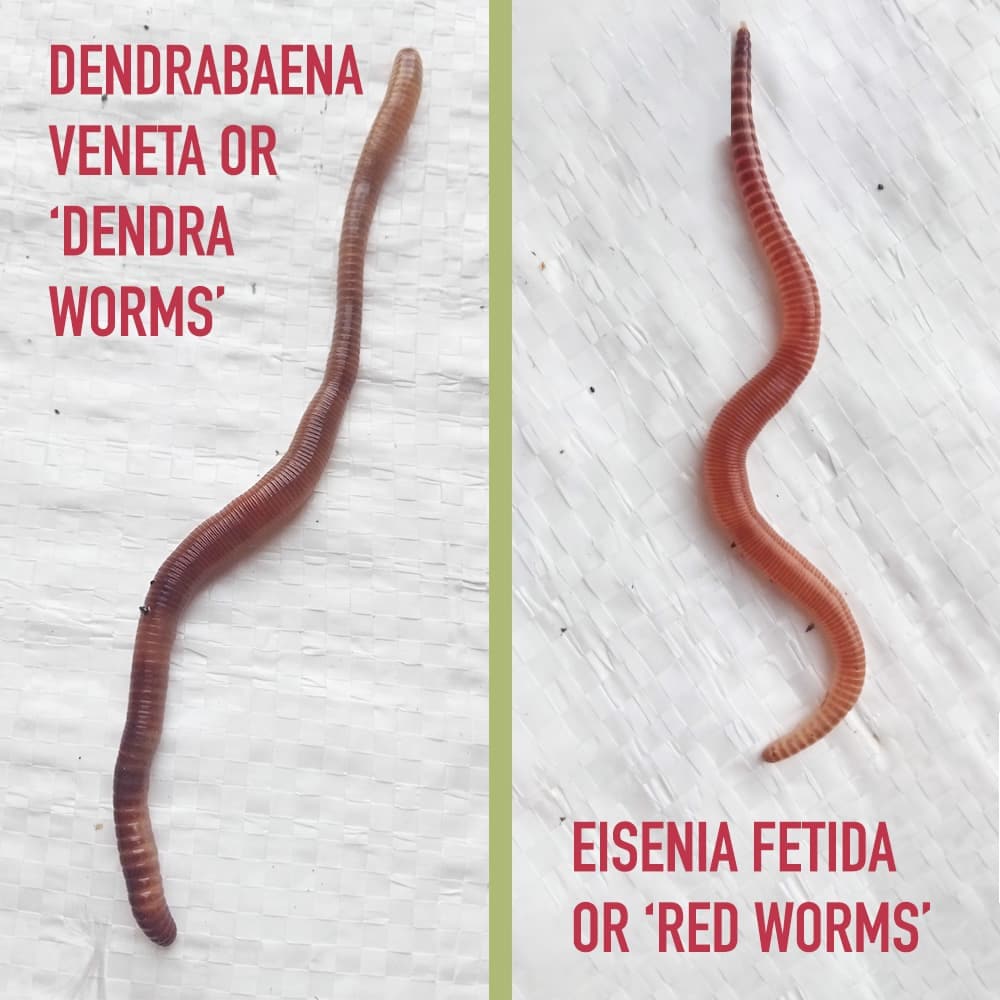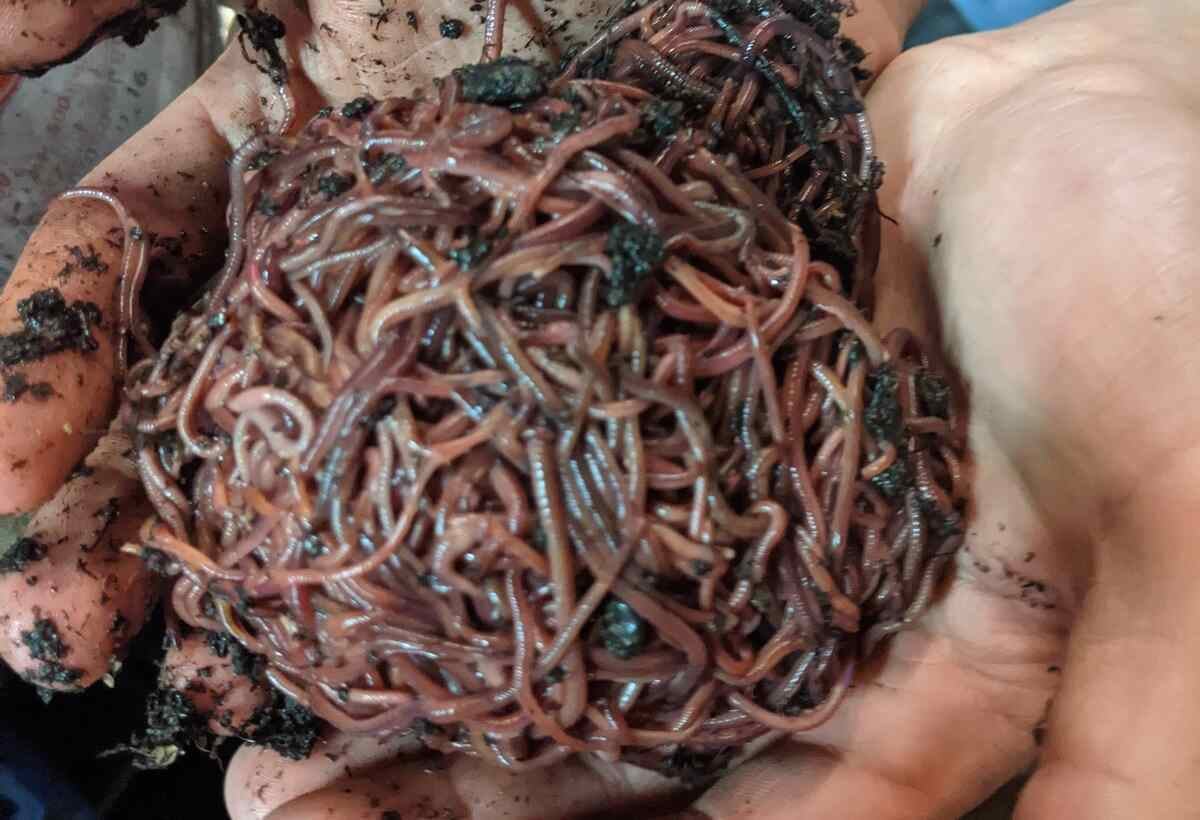The smart Trick of Red Wiggler Express That Nobody is Talking About
Table of ContentsThe Ultimate Guide To Red Wiggler ExpressAn Unbiased View of Red Wiggler ExpressThe Best Strategy To Use For Red Wiggler ExpressThe 6-Second Trick For Red Wiggler Express
Vermicomposting absolutely isn't a brand-new technique. We've been doing it below at Uncle Jim's for decades. Yet with the international press for sustainability and with eco-friendly methods growing in appeal, individuals are ultimately happening and recognizing the environmental advantages of red wiggler worms and composting. In this post, we'll review exactly how vermicomposting sustains sustainable gardening and the ecological benefits of red wigglers and other earthworms.
This is the short of it. If you want to review in-depth regarding red shakes, we have an entire post dedicated to them here. Currently, allow's enter the basics of how these worms support lasting horticulture practices and benefit the setting: Worm composting is like a spa day for your soil.
When integrated right into your garden soil, these castings enhance its framework, oygenation, and water retention. This aids with plant growth and health and wellness and does not call for the usage of any type of chemicals. Did you recognize that natural waste makes up a considerable part of land fill material?
By diverting your kitchen area scraps and lawn waste into a worm composting container, you're effectively minimizing the quantity of organic waste that finishes up in garbage dumps. Fail to remember regarding chemical fertilizers worm castings are the actual deal.
Red Wiggler Express - An Overview

Mix the nutrient-rich worm castings right into your yard dirt or use them as a top clothing for potted plants. In a globe where sustainability is ending up being increasingly vital, red wigglers radiate as unsung heroes of gardening.
Composting might appear like old news, however doing it with a bin filled with worms most likely does not. Red wiggler worms use great benefits to the natural garden enthusiast, creating both a natural plant food and an effective pesticide. And they eat your kitchen area scraps. The value of red wigglers, a.k (Red Wiggler Express).a. Eisenia fetida, hinges on their excrement, referred to as worm castings.
Worm spreadings might be purchased at stores such as SBS in Vineyard Place or Vineyard Gardens in West Tisbury, but to elevate the worms in a garden compost bed and harvest your very own castings is far more fun. The job of these worms is a component of sustainable living. Red wigglers are indigenous to steed manure, where they burrow to lay eggs.
See This Report about Red Wiggler Express
(https://www.qdexx.com/US/NC/Hickory/Business%20Services/US-NC-Hickory-Business-Services-Red-Wiggler-Express-Red-Wiggler-Express)He covers the container with straw, then an item of old carpeting. Lynn describes the production of spreadings and two uses: as a plant food and as a pesticide. It passes through them and adds calcium to make this abundant earth," she claims.
"I did it to see if it would make a difference on white flies and aphids. The red wiggler is a vast dog breeder, laying eggs as typically as when a week - Red Wigglers For Sale.
It takes three to five months for a baby worm to reach sex-related maturation and the grown-up size of 3 inches. Their lifetime is 4 to five years unless of training course they are made use of for bait. As freshwater fish bait, wigglers squirm responsible and make it through undersea longer than conventional earthworms.

As one of the Epigeic course of garden compost worms, the usually does not show up in dirts. Instead, it thrives within the soils of leaves clutter, manure, and breaking down greenery. The worm is red or reddish-brown in shade and has a smooth, cylindrical shape. The clitellum, or saddle-like reproductive gland, lies about two-thirds of the way down the worm's body.
A red wiggler worm can expand up to 4 inches in length but is normally only about two and a fifty percent inches. The worm has a tiny mouth situated at the front of its head. It additionally has small bristles, called setae, which help the worm relocation and anchor itself to surface areas.
